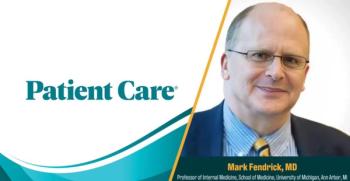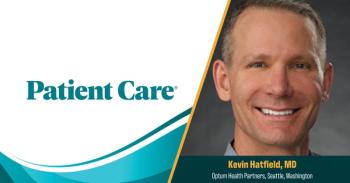
GLP-1RAs Reduce the Risk of Early-Onset Colorectal Cancer in Adults with T2D
ACG 2024: New study results indicate GLP-1 RAs have a potentially protective role to play in combating EO-CRC, the incidence of which is notably rising worldwide.
The use of glucagon-like peptide 1 receptor agonists (GLP-1 RAs) is associated with a significantly decreased risk of early-onset
The findings from a retrospective analysis of approximately 2 million drug-naïve adults with a diagnosis of T2D were presented at the American College of Gastroenterology (ACG) 2024 Annual Scientific Meeting, held October 25-30, 2024, in Philadelphia, Pennsylvania.
“Our findings provide evidence of GLP-1RAs as a potential protective agent against
GLP-1RAs are primarily used to treat T2D and obesity, which are 2 important risk factors for the development of CRC. While previous studies have shown that
Olasehinde and colleagues analyzed data from TriNetX, a large federated deidentified health research network, to identify adults aged less than 50 years with diagnosed T2D subsequently prescribed antidiabetic medications who had not received a prior diagnosis of CRC. Additionally, patients were stratified into 2 groups on the basis of first-time GLP-1 RA use. Researchers also performed a subanalysis based on GLP-1RA use and the presence of obesity. The primary outcome was first diagnosis of EO-CRC after GLP-1RA use, according to the abstract.
A total of 2 025 034 drug-naïve patients with T2D were identified for the study; of these, 284 685 were in the GLP-1RA group and 1 740 349 were in the non-GLP-1RA arm. Following propensity score matching, there were 86 186 participants in each group.
Results from the primary analysis showed that adults in the GLP-1RA group had significantly lower odds of developing EO-CRC compared to the non-GLP-1RA group (0.6% vs 0.9%; P < .001; odds ratio [OR] 0.61, 95% CI 0.54-0.68).
In the subanalysis, investigators observed that participants with obesity and receiving GLP-1RAs had significantly lower odds of developing EO-CRC than those with obesity in the non-GLP-1RA group (0.7% vs 1.1%; P < .001; OR 0.58, 95% CI 0.50-0.67).
“Future randomized controlled studies are needed to validate these findings, which may have significant implications for CRC prevention in younger patients,” Olasehinde et al concluded.
Reference: Olasehinde T, Cooper G, Perez JA.
Newsletter
Enhance your clinical practice with the Patient Care newsletter, offering the latest evidence-based guidelines, diagnostic insights, and treatment strategies for primary care physicians.





















































































































































































































































































